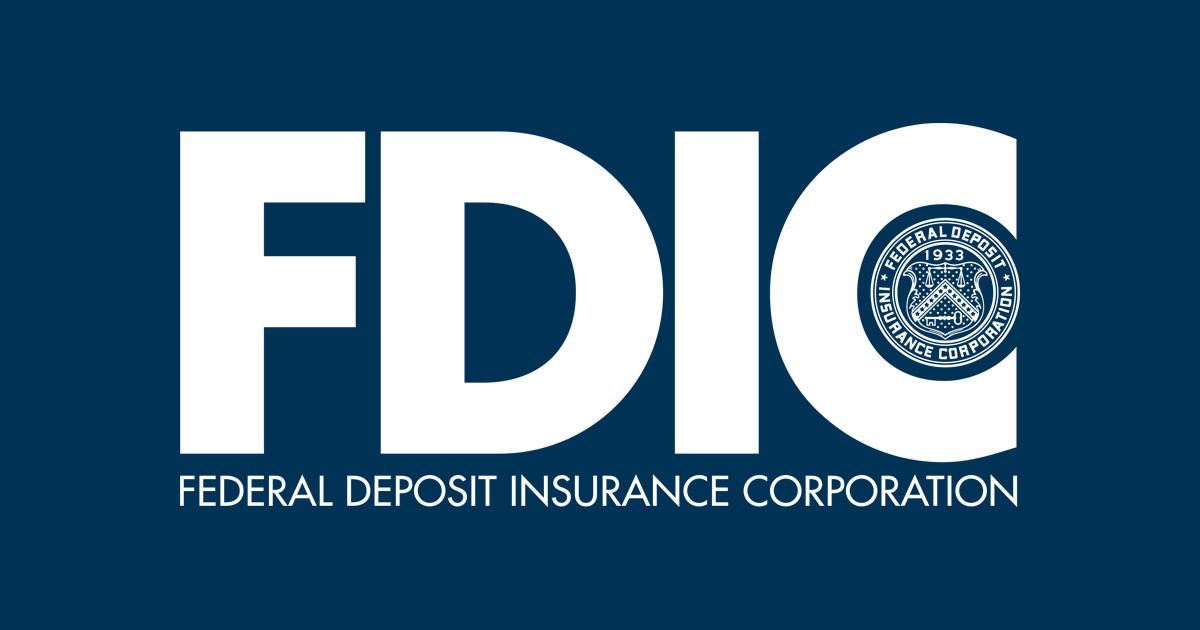When it comes to safeguarding your hard-earned money, understanding the intricacies of FDIC insurance is crucial. One of the most common questions that arise is whether this insurance coverage is applied per account or per bank. In this comprehensive guide, we’ll delve into the specifics of FDIC insurance and provide you with a clear understanding of how it works.
The FDIC: Protecting Your Deposits
The Federal Deposit Insurance Corporation (FDIC) is an independent agency created by the U.S. government to maintain stability and public confidence in the nation’s financial system. Its primary role is to insure deposits held at FDIC-insured banks, ensuring that depositors’ funds are protected in the event of a bank failure.
The Standard Coverage Limit
The FDIC provides a standard deposit insurance amount of $250,000 per depositor, per insured bank, for each account ownership category. This means that if you hold multiple accounts at the same FDIC-insured bank, your combined deposits in each ownership category are insured up to $250,000.
For example, if you have a checking account, a savings account, and a certificate of deposit (CD) at the same FDIC-insured bank, and all these accounts are under the single account ownership category, the FDIC will insure the combined balance of these accounts up to $250,000.
Account Ownership Categories
The FDIC recognizes several account ownership categories, each with its own insurance coverage rules. These categories include:
- Single Accounts: Accounts owned by one person, insured up to $250,000 per owner.
- Joint Accounts: Accounts owned by two or more people, insured up to $250,000 per co-owner.
- Certain Retirement Accounts: Accounts such as IRAs, insured up to $250,000 per owner.
- Revocable Trust Accounts: Accounts owned by one or more people, with named beneficiaries, insured up to $250,000 per owner per unique beneficiary.
- Corporation, Partnership, and Unincorporated Association Accounts: Accounts owned by these entities, insured up to $250,000 per entity.
- Irrevocable Trust Accounts: Accounts established by a trust agreement, insured up to $250,000 for the non-contingent interest of each unique beneficiary.
- Employee Benefit Plan Accounts: Accounts owned by an employee benefit plan, insured up to $250,000 for the non-contingent interest of each plan participant.
- Government Accounts: Accounts owned by government entities, insured up to $250,000 per official custodian, with additional coverage available under specific conditions.
Separate Bank Coverage
It’s important to note that the FDIC insures deposits held at one insured bank separately from deposits held at another separately chartered insured bank. This means that if you have accounts at multiple FDIC-insured banks, your deposits at each bank are insured separately, up to the $250,000 limit per ownership category.
For example, if you have a checking account with a balance of $200,000 at Bank A, and another checking account with a balance of $150,000 at Bank B, both accounts would be fully insured by the FDIC, as they are held at separate insured banks.
Maximizing Your FDIC Coverage
To maximize your FDIC insurance coverage, you can strategically distribute your deposits across multiple FDIC-insured banks and across different account ownership categories. By doing so, you can potentially increase your overall insured coverage beyond the $250,000 limit at a single bank.
For instance, if you have $500,000 to deposit, you could open a single account at one FDIC-insured bank and a joint account with your spouse at another FDIC-insured bank. This way, you would have $250,000 insured for your single account and $250,000 insured for your joint account, effectively providing $500,000 in FDIC coverage.
Understanding the Nuances
While the concept of FDIC insurance may seem straightforward, it’s essential to understand the nuances and specific requirements for each account ownership category. Factors such as beneficiary designations, trust agreements, and the nature of the account can impact the way your deposits are insured.
For instance, in the case of revocable trust accounts, the FDIC provides insurance coverage up to $250,000 per owner per unique beneficiary, subject to certain conditions. Similarly, for employee benefit plan accounts, the insurance coverage is based on the non-contingent interest of each plan participant.
To ensure you’re maximizing your FDIC coverage and adhering to the rules, it’s advisable to consult with your bank or a financial advisor, especially if you have complex account structures or substantial deposits.
Conclusion
By understanding the intricacies of FDIC insurance and taking the necessary steps to maximize your coverage, you can enjoy peace of mind knowing that your hard-earned money is safeguarded against potential bank failures. Stay informed, consult with professionals when needed, and take advantage of the protection offered by the FDIC to secure your financial future.
Are Your BANK DEPOSITS FDIC Insured? | FDIC Insurance Explained
FAQ
Does the FDIC insure multiple accounts at the same bank?
Does FDIC cover $500000 on a joint account?
Should I keep more than 250 000 in one bank?
Where do millionaires keep their money if banks only insure 250k?

